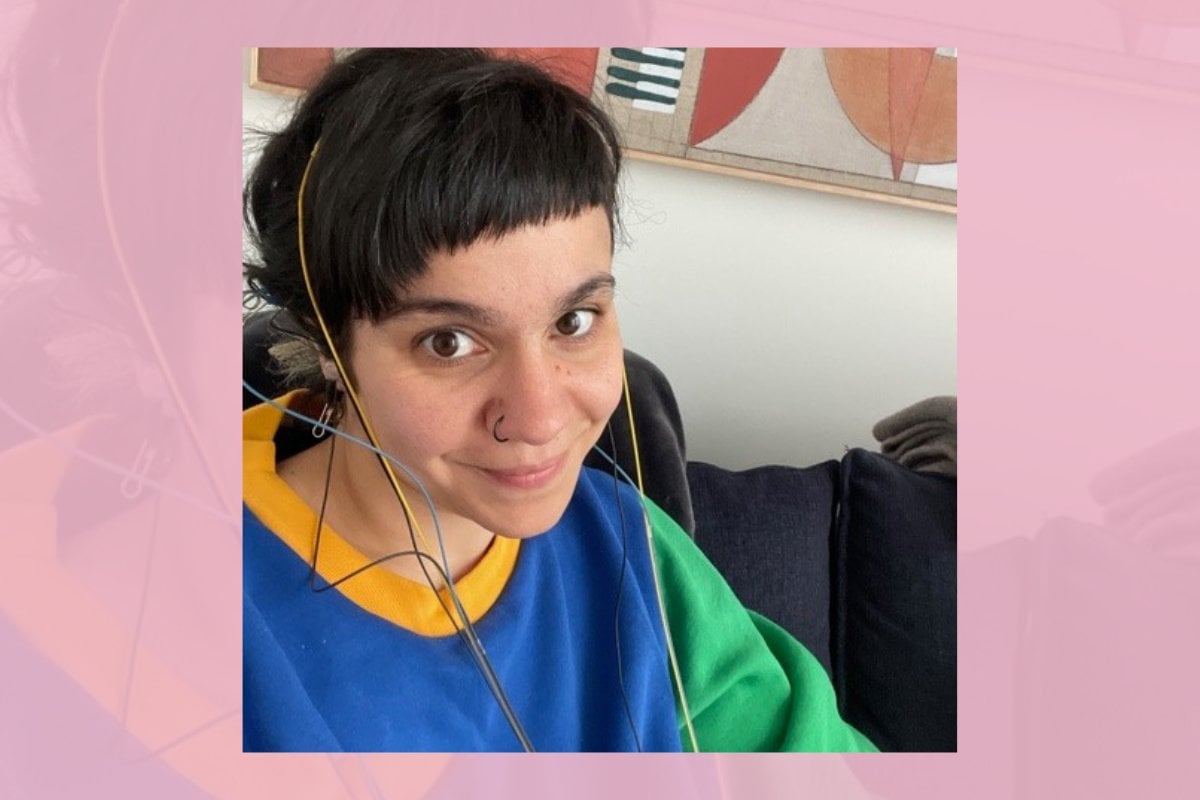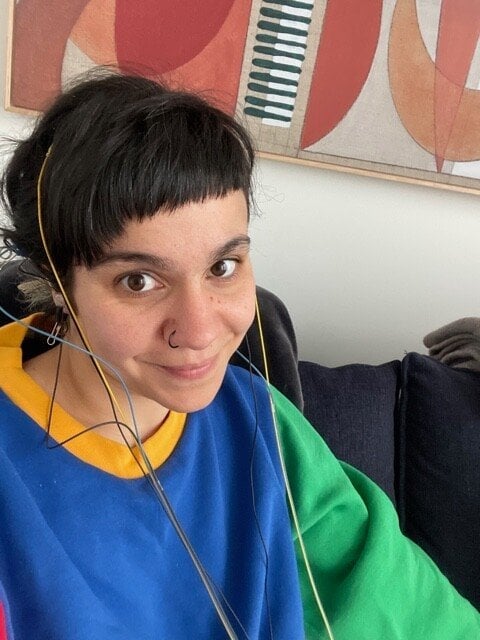
This story mentions suicidal thoughts and could be triggering for some readers.
I sat across from my psychiatrist last week and cried.
I was exhausted after just returning from an overseas trip. The recent Electroconvulsive Therapy (ECT) that I’d undergone had successfully pulled me out of the depths of my suicidality and depression, but I still felt sh*t.
My motivation levels were zero, I still woke every morning wondering how on earth I was going to get through the day and I was still struggling to find anything even remotely interesting, let alone enjoyable.
So, I sat across from my psychiatrist and cried. I cried, and I begged her to put me on every and any medication she could, despite having been 'medication resistant' for years.
I was feeling hopeless, and I needed something to shift. Yesterday.
She responded by reiterating that it was not uncommon (in fact it was more common than uncommon) for someone with Complex-PTSD (C-PTSD) and Major Depressive Disorder (MDD) to be unresponsive to medication.
So I responded by asking, well WTF am I supposed to do then? And that’s when she mentioned biofeedback. A few of her other clients were using it and experiencing good results, and somatic therapies (like biofeedback), we’re slowly realising, are being found to be more and more useful in treating trauma.
But first, here's a little more about Electroconvulsive Therapy (ECT). Post continues after video.


